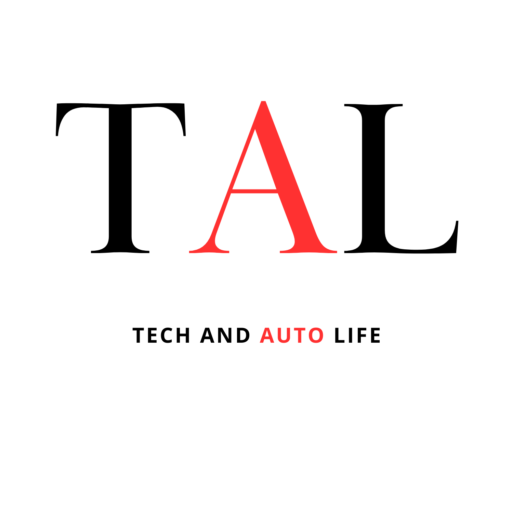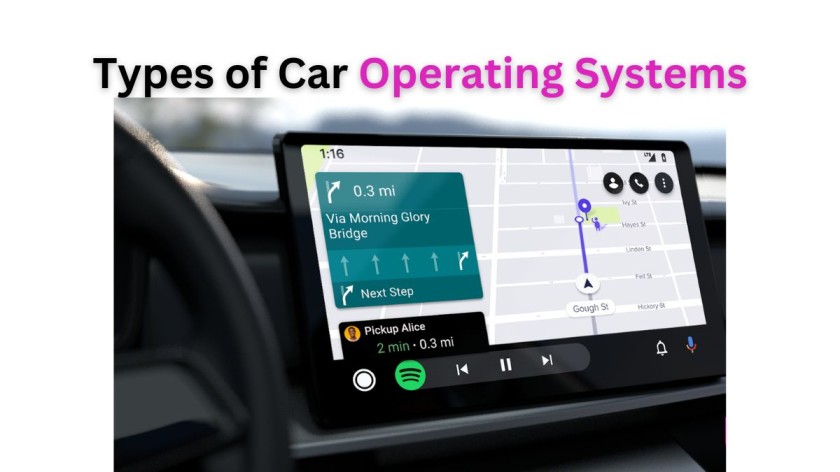Introduction:
In today’s rapidly evolving automotive landscape, technology has become an integral part of vehicles, transcending basic functionalities such as engine performance and braking systems. Modern cars are now embedded with sophisticated operating systems that serve as the brain behind the vehicle’s diverse array of functions. These operating systems do much more than just facilitate driving; they manage everything from navigation and entertainment to advanced safety features and autonomous driving capabilities.
The integration of these advanced systems marks a significant shift in how we interact with our vehicles. Navigation systems now offer real-time traffic updates and route optimization, entertainment systems provide seamless connectivity with our smartphones for music and media, and safety features such as automatic braking and lane-keeping assist are controlled by these intelligent operating systems. Additionally, the advent of autonomous driving technology relies heavily on the capabilities of these car operating systems to process vast amounts of data and make real-time decisions.
In this blog, we will delve into the various types of car operating systems available today. We will explore their distinct features, the advantages they offer, and the unique benefits they bring to drivers. By understanding these systems, you can gain insight into how they enhance driving experiences, improve safety, and push the boundaries of automotive innovation.
List of Types of Car Operating Systems:
(1) Android Auto:
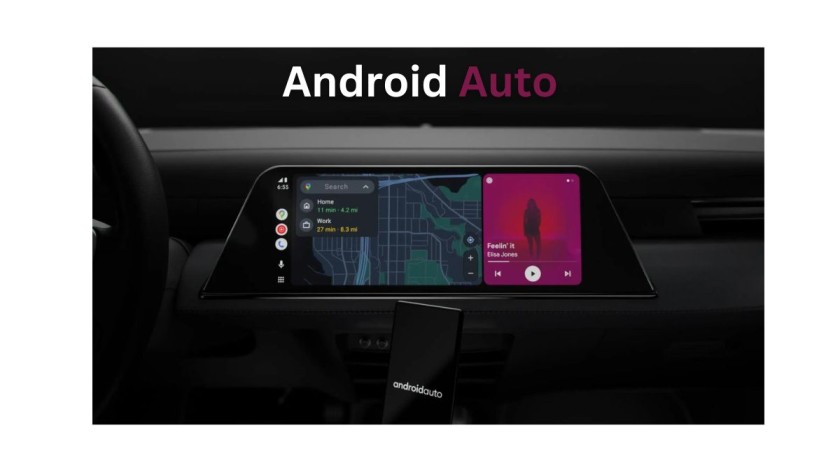
Android Auto is a popular car operating system developed by Google, designed to extend the Android experience from smartphones to car dashboards. It offers a seamless integration, allowing drivers to use apps like Google Maps, Spotify, and WhatsApp through the car’s infotainment system.
Key Features:
- Voice Command: Hands-free control via Google Assistant.
- Navigation: Turn-by-turn navigation with real-time traffic updates.
- Entertainment: Access to music, podcasts, and other media apps.
Advantages:
- Familiar with Android interface.
- Regular updates and broad app support.
- Easy connectivity with Android devices.
(2) Apple CarPlay:
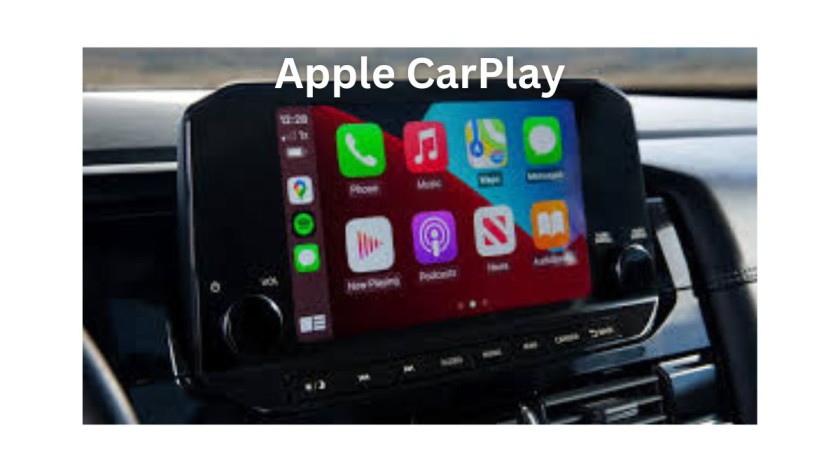
Apple CarPlay is Apple’s answer to Android Auto, providing iOS users with an integrated and intuitive way to use their iPhones through the car’s display. It mirrors the iPhone interface, making it easy for users to access their favorite apps safely while driving.
Key Features:
- Siri Integration: Voice-activated control for hands-free operation.
- Navigation: Apple Maps with real-time traffic and route suggestions.
- Messaging: Safe access to messages and calls.
Advantages:
- Seamless integration with iOS devices.
- Familiar user experience for iPhone users.
- Extensive support for third-party apps.
(3) QNX:

QNX is a robust and reliable operating system developed by BlackBerry. It is widely used in the automotive industry due to its safety, security, and real-time processing capabilities. QNX powers the infotainment systems of several major car manufacturers.
Key Features:
- Real-Time Processing: Ensures timely responses to user inputs.
- Safety and Security: High reliability with a focus on automotive safety standards.
- Flexibility: Supports various automotive applications from infotainment to advanced driver-assistance systems (ADAS).
Advantages:
- Proven track record in safety-critical environments.
- The high degree of customization for manufacturers.
- Strong security features.
(4) Automotive Grade Linux (AGL):
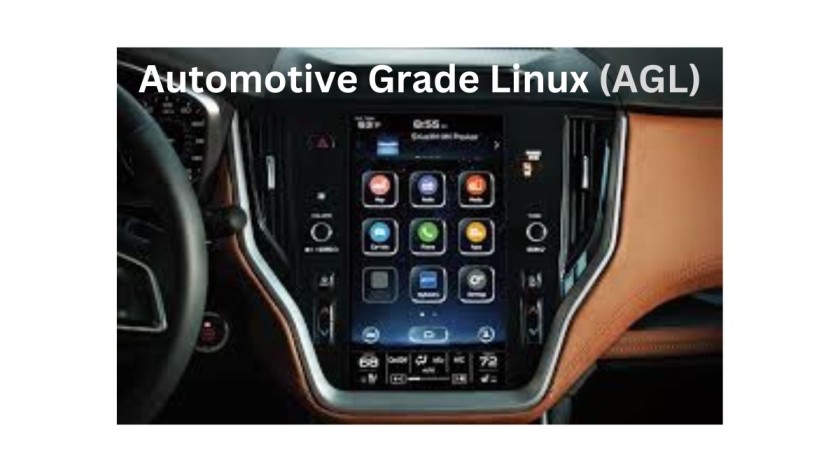
Automotive Grade Linux (AGL) is an open-source project that aims to accelerate innovation in the automotive industry. AGL is supported by a consortium of car manufacturers and technology companies, providing a flexible platform for developing new automotive features.
Key Features:
- Open-Source: Community-driven development with a focus on collaboration.
- Flexibility: Easily customizable for different car models and features.
- Integration: Supports a wide range of applications, from infotainment to telematics.
Advantages:
- Cost-effective due to its open-source nature.
- Promotes innovation and rapid development.
- Wide industry support ensures ongoing improvements and updates.
(5) Tesla OS:
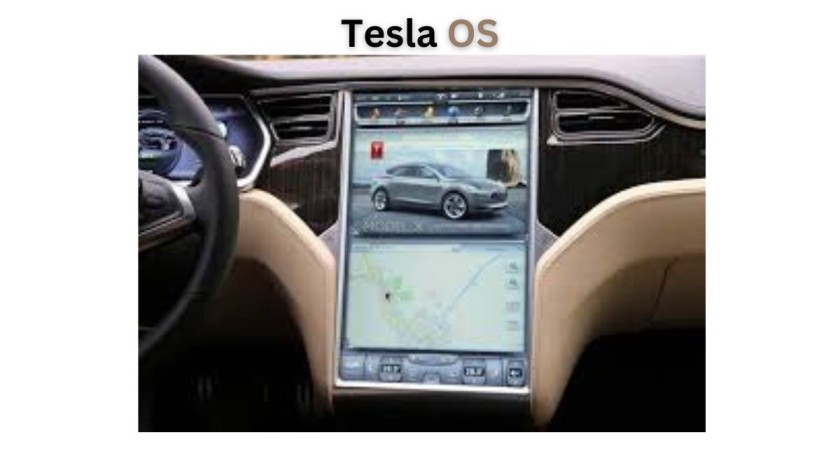
Tesla OS is the proprietary operating system used in Tesla vehicles. It is renowned for its sleek design, frequent updates, and advanced features, including full self-driving capabilities (in beta).
Key Features:
- Autonomous Driving: Advanced self-driving features with regular over-the-air updates.
- Touchscreen Interface: Large, intuitive touchscreens for controlling various car functions.
- Integrated Apps: Access to entertainment, navigation, and vehicle controls.
Advantages:
- Cutting-edge technology with continuous improvements.
- Unique features tailored to Tesla vehicles.
- Strong emphasis on user experience and innovation.
Conclusion:
The evolution of car operating systems reflects the broader trend of integrating advanced technology into our daily lives. From Android Auto and Apple CarPlay, which enhance the driving experience with familiar smartphone interfaces, to robust platforms like QNX and open-source solutions like Automotive Grade Linux, each operating system offers unique benefits tailored to different aspects of automotive functionality. Meanwhile, proprietary systems like Tesla OS push the boundaries of innovation with features like autonomous driving.
As the automotive industry continues to evolve, these operating systems will play a crucial role in shaping the future of transportation, offering safer, more connected, and more enjoyable driving experiences. Whether you’re a tech enthusiast, a safety-conscious driver, or someone who simply enjoys the latest in-car entertainment, there’s a car operating system out there designed to meet your needs.
Read more- Hatchbacks and Sedans Car Comparison
FAQ-
What is a car operating system?
A car operating system (OS) is a software platform that manages and controls the various functions of a modern vehicle. This includes navigation, entertainment, safety features, and, in some cases, autonomous driving capabilities.
Why are car operating systems important?
Car operating systems are crucial because they enhance the driving experience by integrating advanced technologies. They provide seamless connectivity, improve safety through advanced driver-assistance systems (ADAS), and support features like real-time navigation and in-car entertainment.
What are some popular car operating systems?
Some popular car operating systems include Android Auto, Apple CarPlay, QNX, Automotive Grade Linux (AGL), and Tesla OS. Each has its unique features and advantages tailored to different aspects of driving and vehicle functionality.
How does Android Auto differ from Apple CarPlay?
Android Auto is designed for Android smartphone users, providing integration with Google apps and services. Apple CarPlay, on the other hand, is tailored for iPhone users, offering seamless access to Apple’s ecosystem. Both systems enhance driving by allowing safe access to navigation, messaging, and media.
What makes QNX a reliable choice for car manufacturers?
QNX is known for its reliability, safety, and real-time processing capabilities. It is widely used in the automotive industry for its robust performance in managing infotainment systems and advanced driver-assistance features.
What is Automotive Grade Linux (AGL) and why is it significant?
Automotive Grade Linux (AGL) is an open-source project that promotes innovation in the automotive industry. Supported by a consortium of car manufacturers and tech companies, AGL offers a flexible and cost-effective platform for developing new automotive applications and features.
What unique features does Tesla OS offer?
Tesla OS is renowned for its advanced autonomous driving capabilities (currently in beta), a large and intuitive touchscreen interface, and regular over-the-air updates. It provides a highly integrated user experience with features specifically designed for Tesla vehicles.
Can I update the operating system in my car?
Yes, many modern car operating systems support over-the-air (OTA) updates, allowing manufacturers to push software updates directly to the vehicle. This ensures that the car can receive new features, security patches, and improvements without requiring a visit to the dealership.
How do car operating systems enhance safety?
Car operating systems enhance safety by integrating advanced driver-assistance systems (ADAS) such as automatic emergency braking, lane-keeping assist, and adaptive cruise control. These systems use sensors and real-time data processing to help prevent accidents and improve overall driving safety.
What is the future of car operating systems?
The future of car operating systems involves further integration of artificial intelligence, enhanced connectivity, and more advanced autonomous driving capabilities. As technology evolves, car operating systems will continue to play a critical role in transforming how we interact with our vehicles, making driving safer, more efficient, and more enjoyable.
